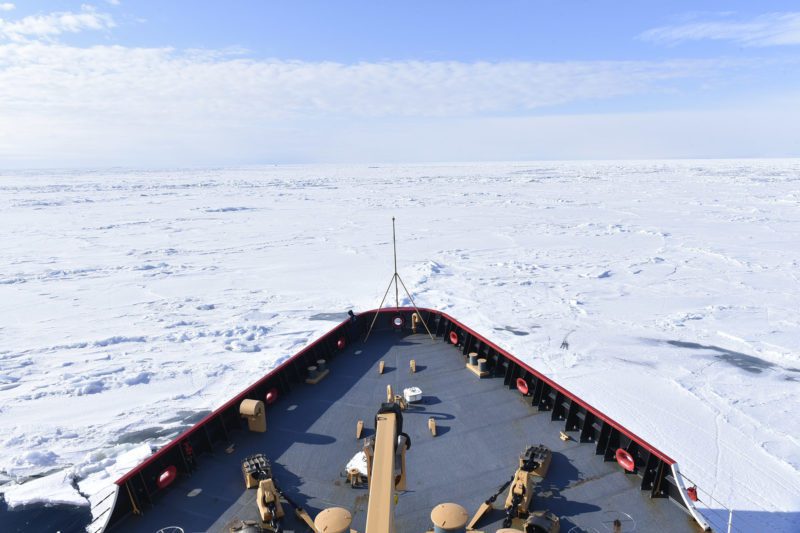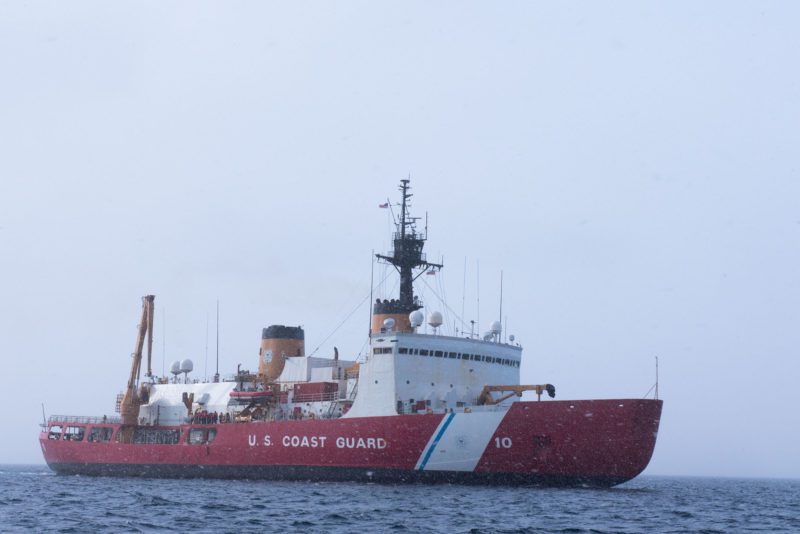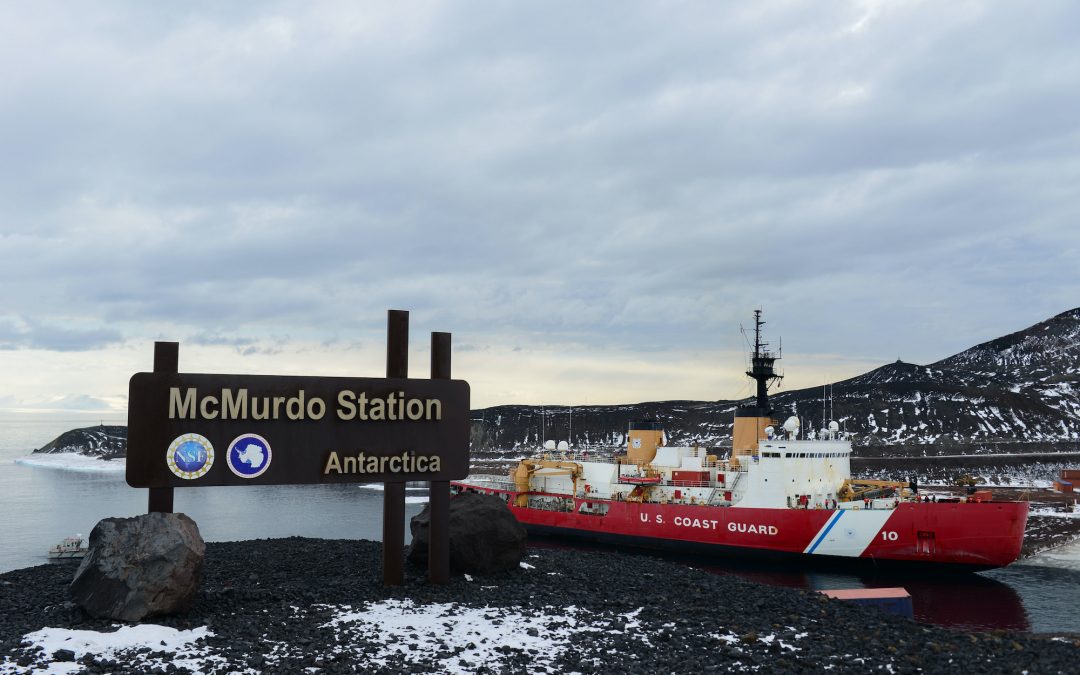The United States’ sole heavy icebreaker USCGC Polar Star (WAGB 10) arrived at McMurdo Station in Antarctica on Monday following an 86-day transit from its homeport in Seattle.
The deployment marks the Polar Star’s 25th voyage to Antarctica in support of Operation Deep Freeze, an annual joint military service mission to resupply the United States Antarctic stations in support of the National Science Foundation, the lead agency for the United States Antarctic Program.
Each year, Polar Star’s crew pilots the 399-foot, 13,000-ton cutter to break a navigable channel through miles of ice, sometimes as much as 21-feet thick, to allow fuel and supply ships to reach McMurdo Station, the U.S. Antarctic Program’s logistics hub and largest station.

This year, Polar Star and its 157 crew members reached the Ross Sea, Antarctica, on January 3 and commenced breaking the 37 miles of ice that extended from the ice pier in Winter Quarters Bay at McMurdo Station out to open water.
Polar Star spent four weeks breaking ice and grooming the shipping channel, aided by favorable winds and currents. By month’s end had created an open and ice-free approach for the supply vessels.

The cleared channel to McMurdo Station allowed two supply vessels, Maersk Peary and Ocean Giant, to safely offload a year’s worth of supplies – over 8 million gallons of fuel and 1,000 cargo containers. Together these two ships carry enough fuel, food, and critical supplies to sustain USAP operations throughout the year until the next austral summer in 2023.

During voyage to Antarctica, the Polar Star made international stops in Wellington and Lyttelton, New Zealand. Polar Star will also partner with the Royal New Zealand Navy’s largest ship, Her Royal Majesty’s New Zealand Ship Aotearoa, in support of resupplying Scott Base, New Zealand’s year-round Antarctic research facility.
“It is a tremendous honor to lead the men and women of Polar Star on this important mission,” said Capt. William Woityra, commanding officer of Polar Star. “This team brought renewed energy and passion to this 46-year-old ship, and overcame significant challenges to deliver exceptional results.”
Assigned to Operation Deep Freeze each year, the 46-year-old icebreaker spends January and February breaking ice in Antarctica before returning to the United States.

This year also marks the Polar Star’s return to Antarctica after last year’s operation was put on hold due to the COVID-19 pandemic. In the 2020-2021 season, Polar Star instead conducted a winter Arctic deployment, during which the cutter trekked to the Arctic Circle. The deployment set a record for the furthest north any American surface vessel has been in the winter months
“We are excited to welcome the return of the Polar Star to McMurdo Station this year,” said Stephanie Short, section head of NSF’s Antarctic Infrastructure & Logistics. “Continuing the U.S. Antarctic Program’s vital operations would simply not be possible without [the cutter’s] support and the hard work of the captain and crew.”
Source: gCaptain






